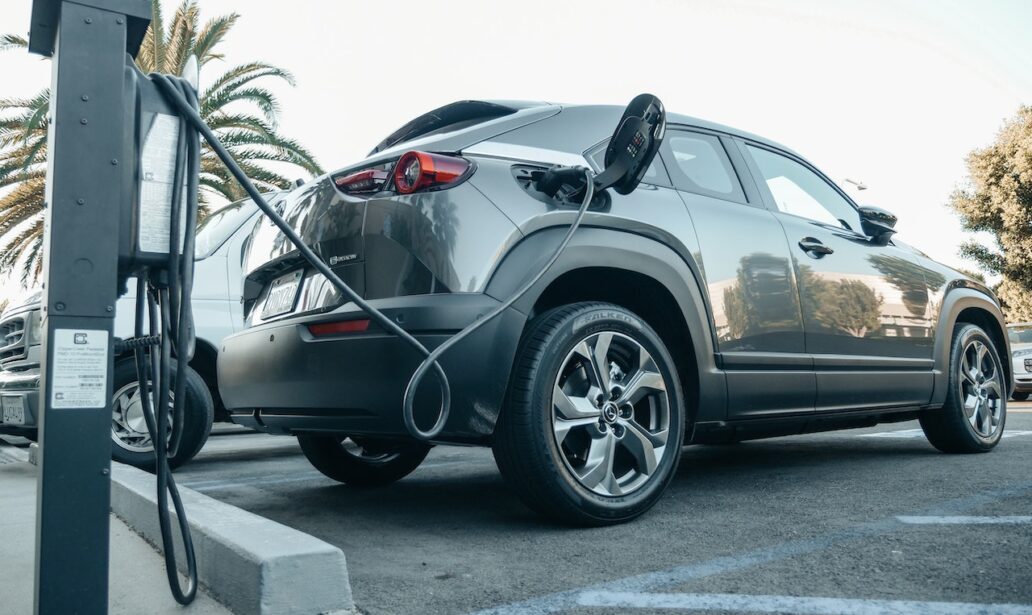Today we’re stepping away from our usual adventures and taking a spin in the fast lane of technology. Specifically, we’re talking about the rise of electric vehicles (EVs), an exciting development in our push towards a cleaner, greener future.
Let’s look at the advantages and challenges of EVs, and what they mean for us Aussies.
1. Advantages of Electric Vehicles
Emission Reduction
One of the primary advantages of EVs is their potential for reducing greenhouse gas emissions. Unlike conventional vehicles, which emit carbon dioxide and other pollutants, EVs produce zero tailpipe emissions. This is a major win for air quality and public health, particularly in busy urban centres.
Energy Efficiency
EVs convert a higher percentage of the electrical energy from the grid to power at the wheels. In comparison, conventional cars are less efficient due to energy loss in combustion.
Reduced Operating and Maintenance Costs
With fewer moving parts than conventional cars, EVs often have lower maintenance costs. Plus, the cost of electricity for EVs can be less than the price of petrol, resulting in savings for drivers over time.
Integration with Renewable Energy
EVs can be charged using renewable energy sources like wind or solar power, further reducing their environmental impact.
2. Challenges of Electric Vehicles
Range Anxiety
This is the fear that an EV has insufficient range to reach its destination and would leave the driver stranded. While battery technology and charging infrastructure are improving, ‘range anxiety’ is still a barrier to wider EV adoption.
Upfront Cost
Despite lower running costs, the initial purchase price of many EVs remains higher than comparable petrol or diesel cars. This can deter potential buyers, despite the long-term savings.
Charging Infrastructure
While Australia’s EV charging infrastructure is growing, it still lags behind that of many other developed countries. For EVs to become mainstream, significant investment in public, residential, and fast-charging infrastructure is required.
Battery Production and Recycling
Manufacturing EV batteries is energy-intensive and often involves mining rare earth metals, which comes with environmental and human rights concerns. There’s also the issue of battery disposal at the end of its life.
The Aussie EV Market
Australia has been a bit slow off the mark when it comes to EV adoption, compared to other developed countries. However, we’re starting to see some changes. Several states have announced ambitious targets and incentives to increase EV uptake. As battery and charging technology improves, and as more affordable models hit the market, we can expect to see more EVs on Aussie roads.
Looking Forward Into the Future of Electric Vehicles
The rise of electric vehicles is an exciting development in our journey towards sustainability. It’s clear, though, that there are still challenges to overcome. We need government policies that incentivise EV adoption, invest in charging infrastructure, and address the issues around battery production and recycling.
At the end of the day, electric vehicles are just one piece of the puzzle. We need to look at the bigger picture of how we create, use, and conserve energy. That means investing in renewable energy, improving public transport, and rethinking our cities to encourage walking and cycling.
With all hands on deck, we’re optimistic about the future. Australia has the potential to be a leader in the EV revolution, bringing us one step closer to a sustainable, carbon-neutral future.
So, while we may still be taking most of our adventures on foot or bike (or maybe even kayak), we’re excited about the possibilities that EVs bring.

